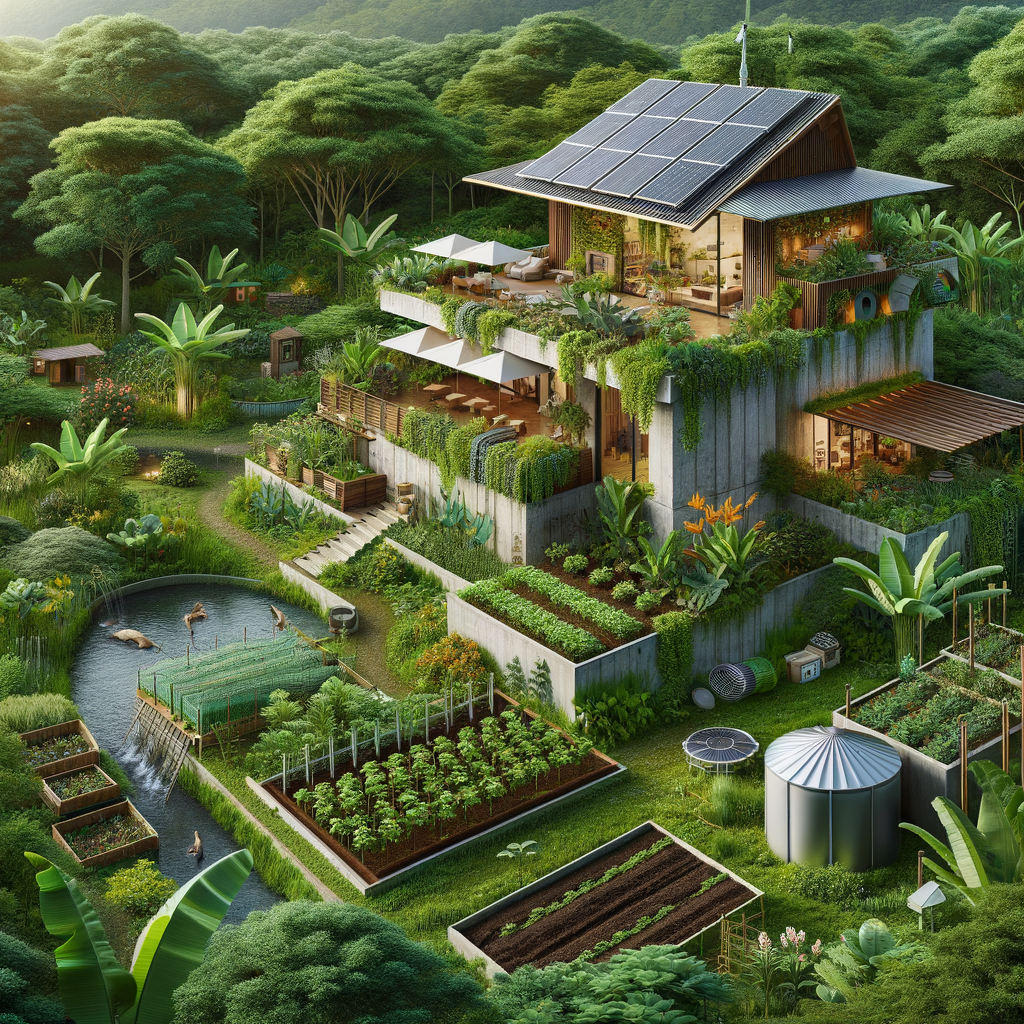As individuals, our impact on the environment can be significant, and how we live can either contribute to or help relieve our planet’s burden. One remarkable way to aid our ailing Earth is by focusing on greener living, specifically through eco-friendly and sustainable housing.
The concept of sustainable housing is based on a simple idea – homes that are designed, built, or renovated to maximize energy-efficiency, water conservation, comfort, and affordability. It’s about minimizing our homes’ environmental footprint while providing healthier environments for us to live in. In our quest for a greener world, let’s delve into an in-depth guide to eco-friendly and sustainable housing.
**Starting with the Blueprint**
Eco-friendly, sustainable homes can differ greatly in design. Still, they typically embody principles of energy efficiency, sustainable materials, water conservation, and indoor environmental quality. The layout will usually consider the house’s orientation, window placement, and insulation to optimize energy consumption. If you’re in the process of building from scratch, professionals can help incorporate these principles right from the blueprint stage.
**Building with the Environment in Mind**
Eco-conscious housing relies heavily on the materials used. An array of choices is available, starting from bamboo and recycled steel, to straw bales and recycled plastic. Green materials have the double advantage of reducing your home’s environmental impact and providing a healthier atmosphere for your family. By carefully selecting your materials, you can minimize not only the sources of indoor pollution but also aid conservation efforts globally.
**Prioritizing Energy Efficiency**
Energy efficiency is one of the primary principles of sustainable housing. Features such as double-glazed windows, modern insulation, and passive solar design can dramatically reduce energy consumption, saving you significant amounts on your energy bills. In addition, using appliances rated highly for energy efficiency, installing solar panels, and incorporating lighting designs that maximize natural light can also help save electricity.
**Making Water Conservation a Household Habit**
Another essential aspect of a green oasis home is water conservation. Implementing fixtures like low-flow showerheads, dual-flush toilets, and using water-saving appliances can cut down on your home’s water use. Outside, considerations like rainwater harvesting and drought-tolerant landscaping can further contribute to saving this precious resource.
**Creating a Healthier Living Space**
Eco-friendly living isn’t just about helping the environment—it’s about promoting a healthier lifestyle. Sustainable homes are often designed to improve the air quality, minimizing sources of indoor air pollution such as mold, radon, and volatile organic compounds. Natural light is also emphasized, which not only reduces reliance on artificial lighting but improves mood and sleep patterns.
**Making Sustainable Choices Every Day**
Beyond design and construction, sustainable living extends to everyday choices. This might mean composting kitchen waste, recycling, or making conscious decisions to limit energy use. The goal is to consider the impact of everyday actions on the environment and to strive for continuous improvement.
In conclusion, embracing eco-friendly, sustainable housing is about more than just creating a green oasis; it’s about nurturing your health, saving money, and contributing to a healthier planet. The benefits are abundant, but the key lies in making consistent, informed choices that prioritize sustainability. You might not be able to implement all the changes overnight, but remember — every step towards a greener lifestyle is a step in the right direction.
